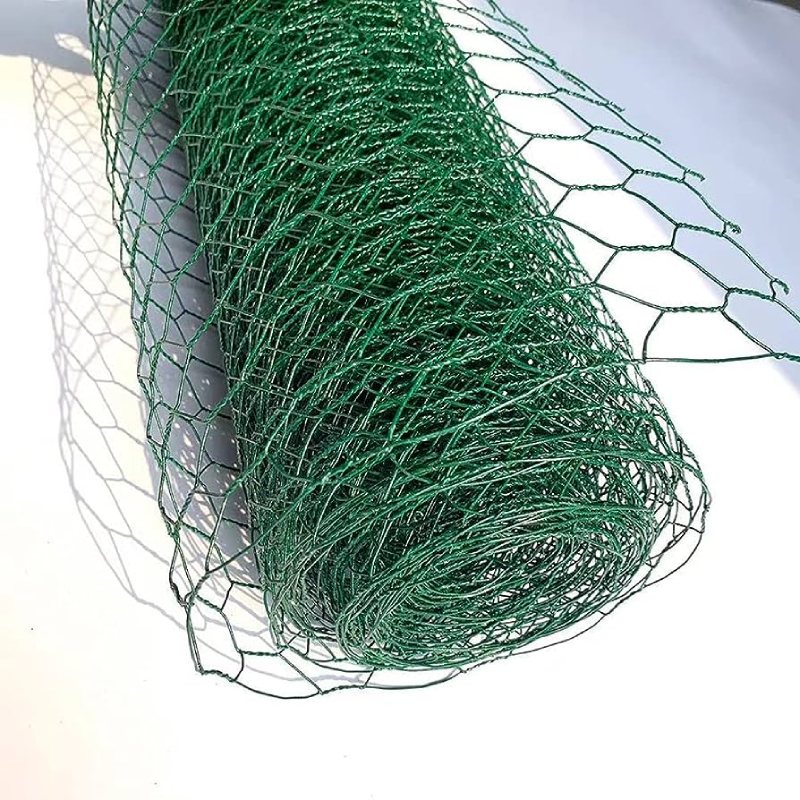Temporary Fences for Construction Sites Ensuring Safety and Security
In the bustling environment of construction sites, safety and security are paramount. With heavy machinery, deep excavations, and numerous workers, potential hazards are lurking around every corner. One of the essential components that contribute to maintaining safety and security on construction sites is the temporary fence. This article explores the significance of temporary fences for construction sites, their types, benefits, and best practices for installation.
Importance of Temporary Fences
Temporary fences serve multiple purposes on a construction site. Firstly, they act as a physical barrier that prevents unauthorized access. Construction zones often contain heavy equipment and hazardous materials, making it critical to keep trespassers, particularly children and curious passersby, away. Secondly, these fences help to delineate the perimeter of the construction site, ensuring a clear boundary for workers and visitors. This clarity is vital in preventing accidents, maintaining order, and promoting a safe working environment.
Types of Temporary Fences
There are various types of temporary fences available for construction sites, each designed to meet specific needs
1. Chain Link Fences These are one of the most commonly used temporary fences in construction. They are durable, easy to install, and provide good visibility while maintaining security. Chain link fences are typically 6-8 feet high and can be adapted to fit the site's layout.
2. Construction Barriers Made of solid materials, these barriers provide a higher degree of safety and privacy. They are particularly useful in urban areas where noise, dust, and debris may affect nearby businesses and residents.
3. Barrier Fencing This type of fencing is lightweight and portable, allowing for quick installation and removal. Barrier fencing is often used for crowd control or to mark off restricted areas within the construction site.
4. Mesh Fencing Similar to chain link, but with a finer mesh, this type of fence can also include banners and branding opportunities. It provides visual protection while still allowing for airflow and visibility.
Benefits of Temporary Fences
Installing a temporary fence on a construction site offers several significant advantages
temporary fence for construction site

- Enhanced Security A sturdy temporary fence deters theft and vandalism. By creating a physical barrier, it makes it more challenging for unauthorized individuals to enter the site, thereby protecting equipment and materials.
- Accident Prevention By clearly defining the boundaries of the construction area, temporary fences reduce the likelihood of accidents. Workers, pedestrians, and vehicles can easily recognize safe zones, minimizing the risk of injury.
- Compliance with Regulations Many local regulations require construction sites to be fenced to ensure public safety. Installing a temporary fence helps companies comply with these legal requirements, which can ultimately save them from fines and legal complications.
- Site Organization A well-defined site boundary helps manage the flow of people and vehicles. It can also assist in logistical planning, ensuring that deliveries and movement within the site are efficiently organized.
Best Practices for Installation
To maximize the effectiveness of temporary fencing, several best practices should be followed during installation
1. Site Assessment Before installation, conduct a thorough assessment of the construction site to determine where the fence should be placed. Consider potential hazards and the natural layout of the area.
2. Strong Anchoring Ensure that the fence is securely anchored to withstand wind, accidental pushes, and other forces. Use concrete blocks or weights for stability.
3. Regular Inspections Conduct regular inspections of the fence to check for any signs of wear, damage, or breaches in security. Prompt repairs are essential for maintaining safety.
4. Visibility and Signage Enhance the effectiveness of the temporary fence by adding visible signage indicating that the area is restricted, along with safety warnings. This serves as an additional deterrent to unauthorized entry.
In conclusion, temporary fences play a vital role in protecting construction sites, ensuring safety for workers and the public, and enhancing security measures. By understanding the different types of temporary fences available, their benefits, and best practices for installation, construction companies can create safer and more organized working environments. Investing in proper temporary fencing isn't just a regulatory requirement; it’s a commitment to ensuring everyone's safety on site.
-
Why Galvanized Trench Cover Steel Grating Resists Corrosion
NewsJul.10,2025
-
The Versatility and Strength of Stainless Expanded Metal Mesh
NewsJul.10,2025
-
Load Calculations in Steel Grating Platforms
NewsJul.10,2025
-
Keeping Pets and Kids Safe with Chicken Wire Deck Railing
NewsJul.10,2025
-
Hole Diameter and Pitch for Round Perforated Metal Sheets
NewsJul.10,2025
-
Aluminium Diamond Mesh in Modern Architecture
NewsJul.10,2025
Subscribe now!
Stay up to date with the latest on Fry Steeland industry news.

